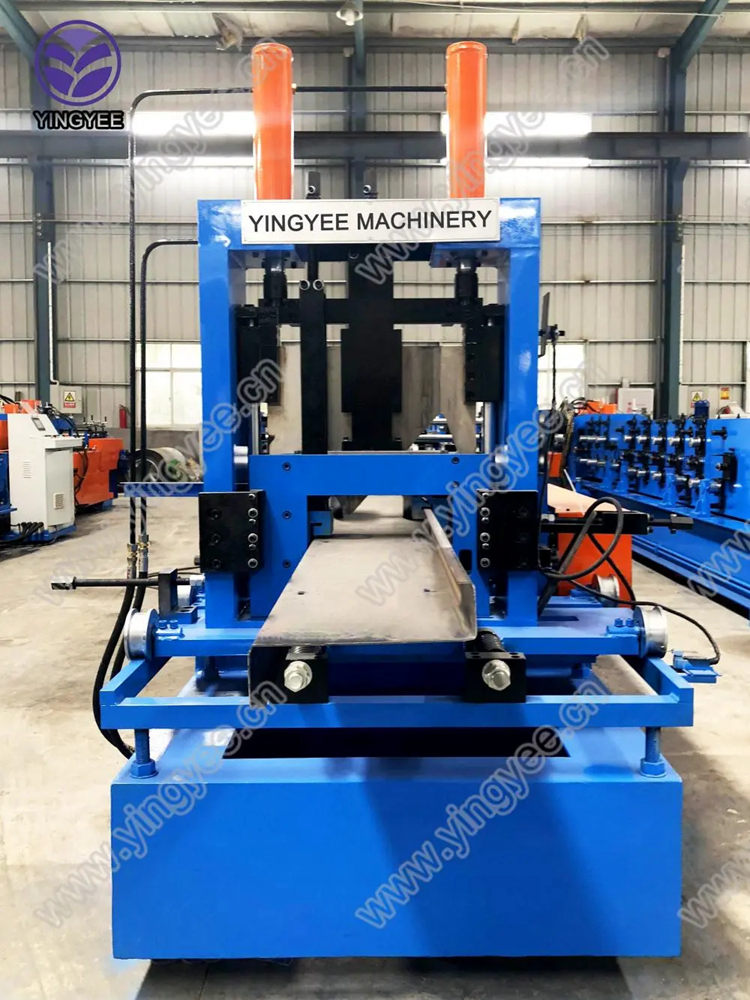
Understanding Metal Roll Forming Machines
Metal roll forming machines play a crucial role in the manufacturing sector, particularly in the production of metal components with consistent cross-sectional profiles. These machines utilize a series of rollers to progressively shape metal sheets or strips into desired profiles and products. The versatility and efficiency of metal roll forming technology have made it an integral part of numerous industries, including construction, automotive, and industrial equipment manufacturing.
How Metal Roll Forming Works
The process begins with a flat metal strip, typically made from materials such as steel, aluminum, or copper. The metal is fed through a series of rollers arranged in a particular sequence designed to gradually bend and shape the strip into the desired profile. Each roller is meticulously engineered to alter the strip slightly with each pass, leading to precise shaping without the need for cutting or excessive waste.
The equipment involved in this process often includes a decoiler that unwinds the metal coil, a feeding system that ensures a steady and accurate feed of material, and a series of forming rollers that do the shaping. Some advanced metal roll forming machines also integrate additional features such as cutting, punching, or welding stations to create finished products in one seamless process.
Benefits of Metal Roll Forming
The advantages of utilizing metal roll forming machines are numerous. Firstly, they deliver high efficiency and speed, capable of producing large volumes of product with minimal labor involvement compared to traditional methods. The continuous nature of the process allows for consistent quality and uniformity, which is critical in applications where precise measurements and tolerances are required.
Moreover, metal roll forming minimizes material waste. Since the process involves bending rather than cutting, it maximizes the usage of raw materials. This not only optimizes production costs but also aligns with environmentally friendly practices by reducing scrap.

Additionally, the flexibility offered by metal roll forming machines makes them ideal for a wide range of applications. Different profiles can be produced from the same machine by simply changing the roller configuration, allowing manufacturers to respond quickly to market demands or custom orders without significant downtime.
Applications in Various Industries
In the construction industry, metal roll forming machines are widely used to manufacture components like roofing sheets, wall panels, and metal studs. These products are essential for building structures that are durable and energy-efficient. In automotive manufacturing, roll-formed parts contribute to lightweight structures that enhance fuel efficiency without compromising on safety.
Moreover, the appliances and furniture industry leverages roll forming for creating items like metal brackets, frames, and decorative elements. The ability to produce complex shapes while maintaining structural integrity is a significant advantage.
Conclusion
As technology continues to advance, so too does the sophistication of metal roll forming machines. Features such as automated controls, advanced sensors, and better materials are making these machines even more efficient and reliable. The ongoing development in this field promises to enhance the capabilities of roll forming, making it an even more vital component of the manufacturing landscape.
In summary, metal roll forming machines are indispensable for producing a vast array of metal components efficiently and cost-effectively. Their precision, versatility, and ability to minimize waste make them a preferred choice in various industrial applications. As industries evolve and demand increases for high-quality metal products, the importance of roll forming technology will only continue to grow.